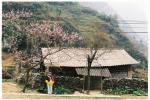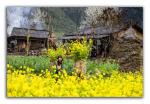When talking about the Ha Giang Loop, most travelers think of Ma Pi Leng Pass, Nho Que River, or Lung Cu Flag Tower. Yet hidden within the majestic mountains of Ha Giang lies a quiet and charming village that feels like stepping back in time - Pho Bang ancient village. With its traditional clay houses, ancient architecture, and peaceful lifestyle, Pho Bang is a destination for those who wish to discover the cultural soul of Ha Giang beyond breathtaking landscapes.
Recommended Tours for You:
Where is Pho Bang Ancient Village?
Pho Bang ancient village is located in Dong Van district, about 120 km from Ha Giang city. Nestled within the Dong Van Karst Plateau Geopark, this village lies close to the Vietnam-China border. It remains relatively untouched by mass tourism, offering a unique and authentic cultural experience.
Surrounded by limestone mountains and peaceful valleys, Pho Bang is often referred to as the “forgotten town” because of its quiet charm and timeless beauty.
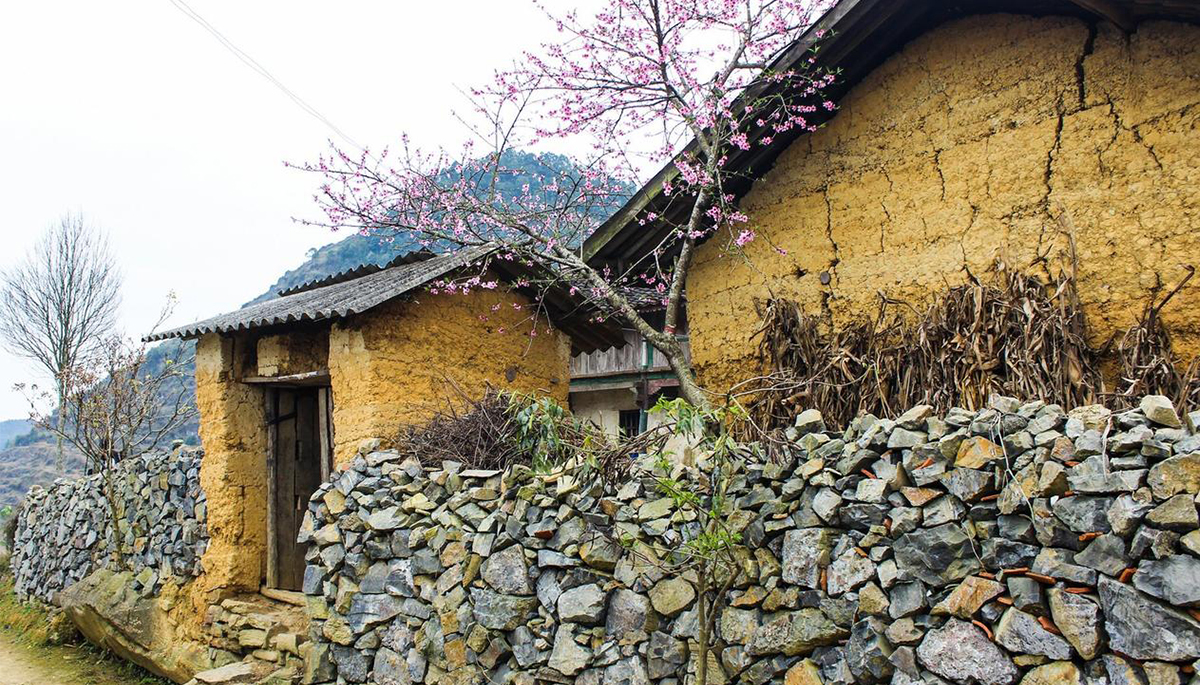
History and Cultural Value
Pho Bang has existed for hundreds of years and is home to the Hmong and Hoa ethnic minorities. The village played an important role as a trading hub between Vietnam and China in the past. Although modern life has reached many parts of Ha Giang, Pho Bang ancient village has preserved its traditional identity, architecture, and way of life.
The village’s cultural significance lies not only in its physical beauty but also in the lifestyle of its people. Visitors can see locals wearing traditional clothes, practicing old customs, and maintaining a lifestyle that reflects Vietnam’s rich heritage.
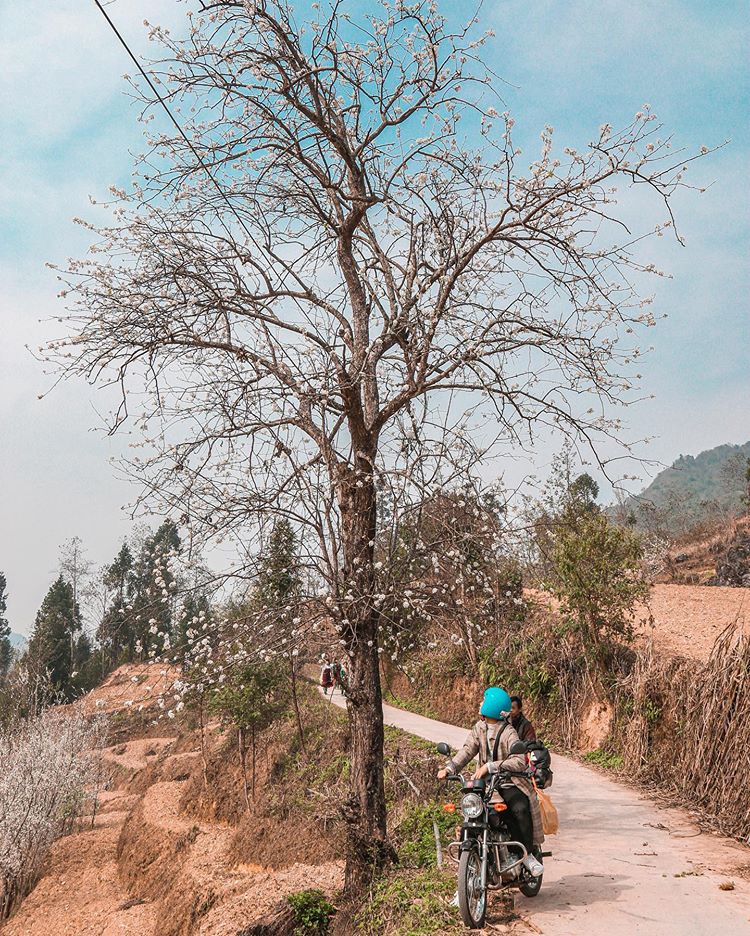
Unique Architecture of Pho Bang Ancient Village
The most striking feature of Pho Bang ancient village is its traditional clay houses with yin-yang tiled roofs. These houses, built from clay and wood, are often more than a century old. Their walls are thick, keeping the interiors cool in summer and warm in winter.
Other unique architectural features include:
-
Wooden doors and windows decorated with traditional carvings.
-
Stone-paved roads winding between the houses.
-
Red couplets pasted on doors during Tet, symbolizing good fortune.
-
Small courtyards filled with drying corn, peppers, and herbs, showcasing daily life.
Walking through Pho Bang feels like wandering into a living museum of Vietnamese highland culture.
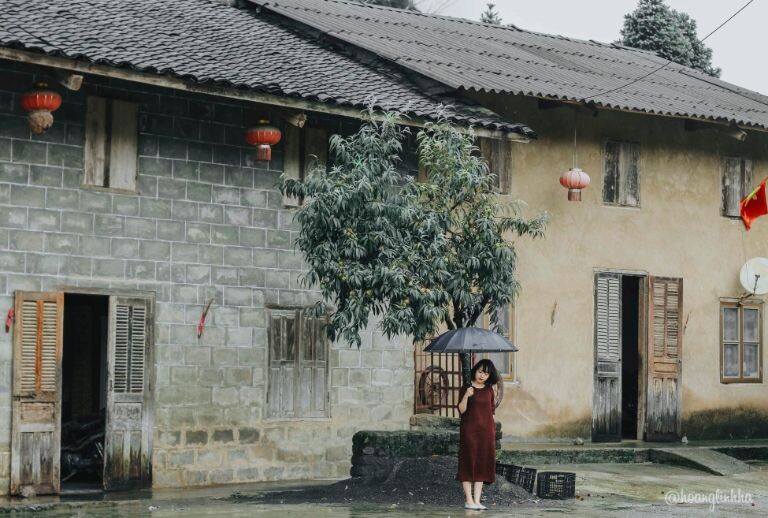
What to Do in Pho Bang Ancient Village
1. Explore Ancient Streets
Wander along the small, quiet streets lined with traditional houses. The atmosphere is calm and peaceful, offering perfect opportunities for photography.
2. Discover Local Life
Meet the friendly locals, watch them weaving, drying crops, or making handicrafts. Their hospitality makes every visitor feel welcome.
3. Enjoy Traditional Cuisine
Pho Bang is known for its simple but flavorful dishes, such as maize wine, corn cakes, buckwheat cakes, and local honey.
4. Seasonal Highlights
-
Spring: Plum and peach blossoms cover the village.
-
Autumn: Corn and buckwheat flowers create a romantic landscape.
-
Tet Festival: The village comes alive with traditional customs, decorations, and celebrations.
5. Photography Paradise
The clay houses, misty mornings, and traditional lifestyle make Pho Bang a dream for photographers seeking authentic Vietnam.
How to Get to Pho Bang Ancient Village
-
From Hanoi to Ha Giang City:
-
By bus: 6–8 hours overnight sleeper buses.
-
By motorbike: Around 300 km, suitable for experienced riders.
-
-
From Ha Giang City to Pho Bang:
-
Follow National Highway 4C (Happiness Road) to Dong Van district.
-
Pho Bang is about 20 km from Dong Van town.
-
The road is winding and steep, so caution is needed, but the scenery along the way is spectacular.
-
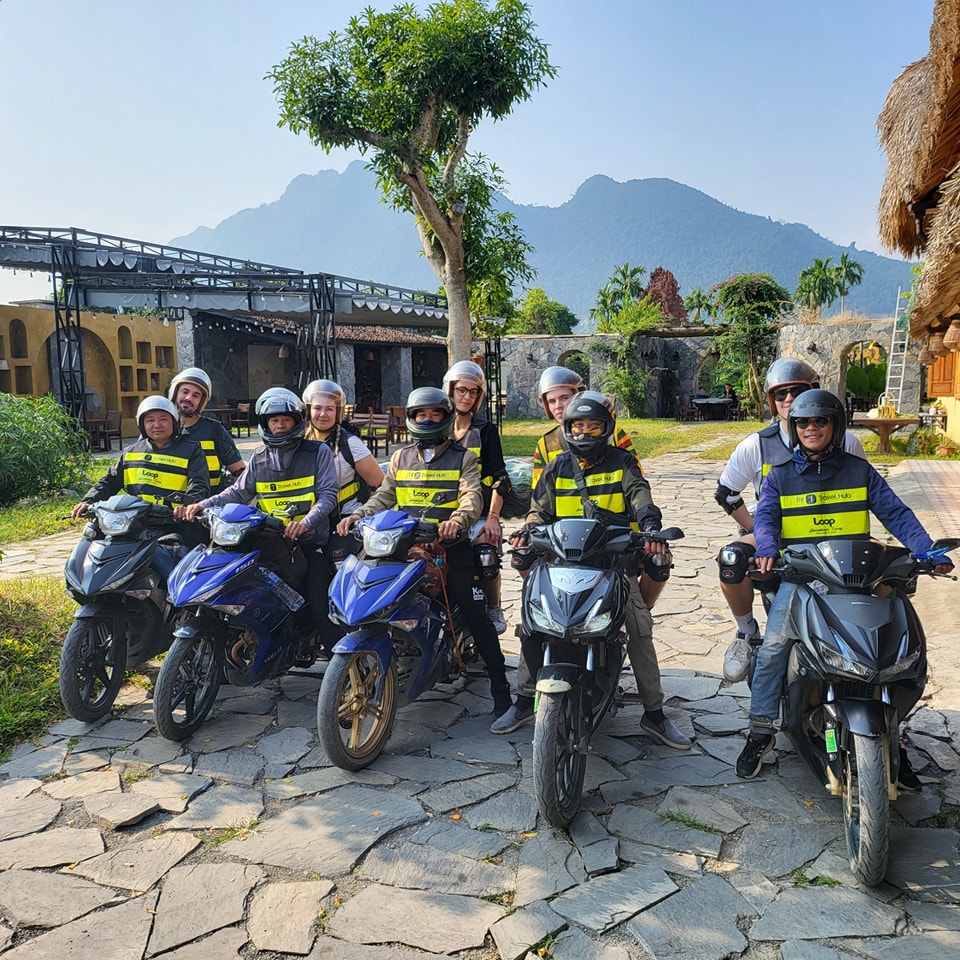
Best Time to Visit Pho Bang Ancient Village
Pho Bang can be visited year-round, but each season brings unique charm:
-
Spring (Feb – Apr): Plum and peach blossoms.
-
Summer (May – Aug): Lush greenery and peaceful atmosphere.
-
Autumn (Sept – Nov): Buckwheat flowers bloom, creating pink carpets.
-
Winter (Dec – Jan): Mist and cold air give the village a mystical feel.
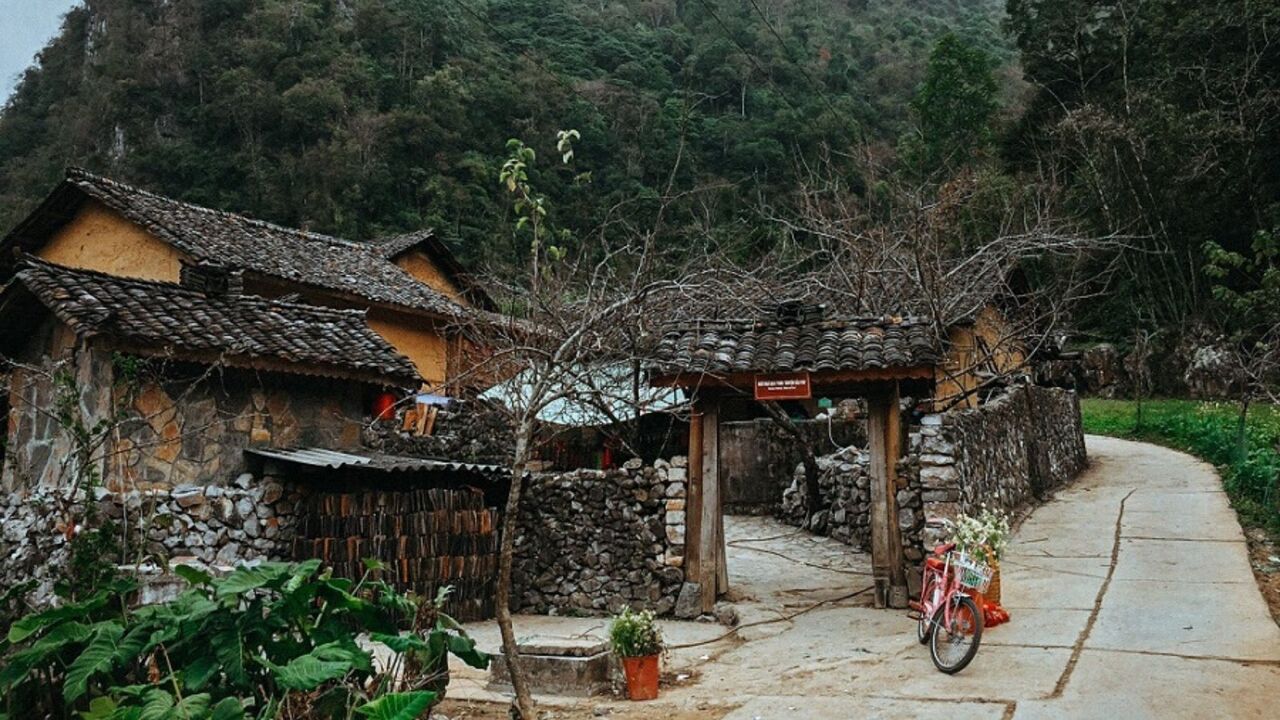
Travel Tips
-
Stay overnight: Homestays in Pho Bang or nearby Dong Van let you experience local life.
-
Respect culture: Ask before taking photos of villagers, especially elders.
-
Bring warm clothes: The temperature drops significantly at night.
-
Cash is essential: Few shops accept cards, so bring Vietnamese dong.
-
Combine your trip: Visit Pho Bang along with Dong Van Old Quarter, Ma Pi Leng Pass, and Lung Cu Flag Tower for a complete Ha Giang experience.

Why Visit Pho Bang Ancient Village?
Unlike bustling tourist destinations, Pho Bang ancient village offers tranquility and authenticity. Here, you won’t find noisy crowds but instead ancient houses, welcoming people, and cultural traditions preserved for generations.
For travelers seeking to understand Vietnam beyond its famous attractions, Pho Bang is a hidden jewel that reflects the country’s deep history and cultural richness.
Conclusion
Pho Bang ancient village is more than just a stop on the Ha Giang Loop—it is a journey into Vietnam’s past. With its timeless clay houses, preserved traditions, and peaceful atmosphere, Pho Bang invites visitors to slow down and appreciate the harmony between humans and nature.
If you are planning a trip to the Dong Van Karst Plateau, don’t miss the chance to explore Pho Bang ancient village, a hidden treasure waiting to be discovered. For more details and personalized support, contact Thelooptours Hotline: +84329196074.




